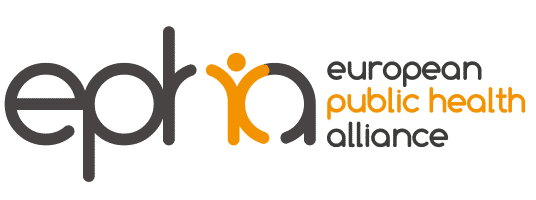The new European Commission will deliver a new EU Zero Emission Strategy, which needs to lead to significant reductions in air pollution, which is a powerful example of why we need European action to tackle cross-border health challenges. Confronting the climate emergency will not be possible if we do not redesign our fossil fuel-based economy. Reducing emissions can save our lives and the planet. But how much did EU rules clean Europe’s air in the past decade? What does science say about air pollution and health? Why is a strong air pollution pillar is needed now in the new EU Zero Emission strategy to enable Europeans to breathe clean air? What can be done in the meantime, while we wait for updated scientific guidelines and stricter air pollution limits?
Air pollution was named first as one of the three pillars of the new EU Zero Emission strategy by Virginijus Sinkevičius during his hearing in the European Parliament– rightly so. According to his mission letter, the Commissioner-designate for Environment and Oceans „will lead on delivering on our zero-pollution ambition. This will require a wide-ranging approach looking at air and water quality, hazardous chemicals, emissions, pesticides and endocrine disruptors.” He also confirmed during the his hearing in the European Parliament that he will listen to science.
The European added value of air pollution limits are well researched. Core EU legislative measures on air quality have put ceilings on national emissions of pollutants, set maximum levels of air pollutant concentrations in the air, and limited values for air pollutant emissions at source, through introducing EU-level standards for certain installations. These measures aim at protecting human health and the environment from the harmful effects of air pollutants.
Looking backwards, were EU limits fit for purpose? Yes they were!
The evaluation of the EU action on Air Pollution ends in 2019: the EU launched a backward-looking process to evaluate if the rules regulating mandatory air pollution limits delivered on their promise, and have been fit for purpose. This „Fitness-check” procedure is seen as a stock-taking exercise on which future EU action can be based. We can agree with the conclusion of a coalition of Green NGOs that the EU legislation has proven to be an essential tool in driving action from Member States to protect human health and the environment from the harmful effects of air pollution. It sets clear and binding objectives (limit values) and defines specific responsibilities for EU Member States to monitor, report on and manage air quality.
Looking forwards: updating the scientific guidelines in light of the scientifically proven health damage of pollution
The damage dirty air is causing is based on sound science and strong evidence. The combined epidemiological and toxicological evidence base that links exposure to air pollution with adverse health outcomes is robust and defensible. Sceptical voices about EU air pollution limits, contradict decades’ worth of investigation and study, conducted by tens of thousands of scientists from all over the world.
In fact, the health effects of exposure to air pollution tend to be underestimated: A comprehensive global review concluded that air pollution may be damaging every organ and virtually every cell in the human body. It can even cross the placenta, affecting unborn children.
Air pollution widens, therefore worsen health inequities by creating unjust division in Europe. Recent evidence unlocks the link between poverty and air pollution: data shows that for most pollutants the most deprived areas experience the worst air quality with ethnic and other vulnerable groups at even greater risk
Ongoing scientific research within WHO aims update the recommended air pollution limits – the latest standards date back to 2005. In line with these scientific developments it can be expected that the new guidelines will be stricter – however,they will be published only at the end of 2020 at the earliest.
How can we clean our air now?
Air pollution is a key challenge for environment and climate policymakers, as well as those working on public health.
While we wait for the European Commission’s evaluation of the Ambient _Air Quality directive and new WHO scientific guidelines for stricter limits to protect our health, action cannot wait! Existing EU rules can offer ways to clean our air now at EU, city and individual level.
- The European Commission shall include, in the new Zero Emission strategy further guidance to national governments to better implement the existing EU rules on monitoring air pollution and how to design air quality plans. They can also take legal action against EU national governments who currently do not respect EU emission limits
- National governments can improve monitoring systems to improve get a better picture about air pollution levels. They can already implement a comprehensive policy package to shift away from subsidising fossil fuels, instead promoting greener energy solutions, and greater use of public transport – reducing greenhouse gas and harmful pollution emissions
- Cities can design well-designed Low Emission Zones to reduce traffic-related air pollution. Barcelona is just one city already putting this into practice.
- Everyone can join initiatives to monitor levels of air pollution and put pressure on their representatives for action. There are many personal choices we can all make, such as walking, cycling and using public transport as much as possible.
There is no longer any excuse for failure to take action. Let’s work together to have zero air pollution in Europe!
Zoltán Massay-Kosubek
Policy Manager for Health Policy Coherence
